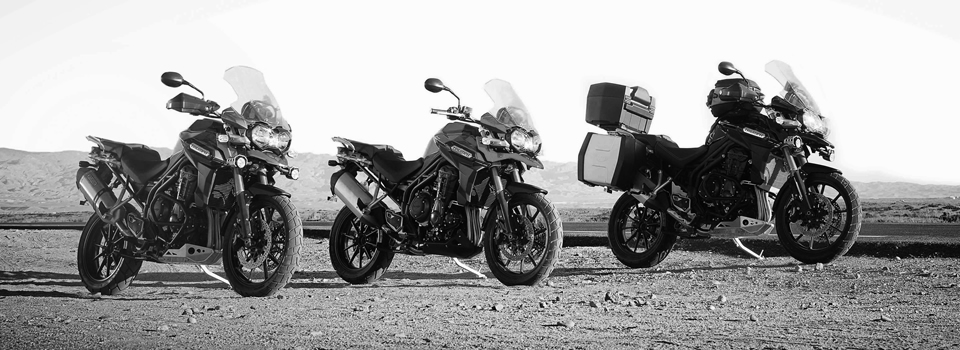Complete installation advice can be found in your manual but the notes below can serve as a quick reference guide:
Location: Identify a suitable location for the Autocom unit. This invariably will be in the ‘storage area’ underneath the bike seat. The main requirement is a dry location away from excessive heat. Some areas of a motorcycle are prone to electrical interference ie spark plugs, HT leads/coils and voltage regulator. Avoid these areas where possible and route your cables accordingly.
Live Switched Feed: Connect the Black (-ve) wire directly to the battery negative terminal. Connect the red (+ve) to a live switched feed. This could be the feed to the rear tail light, or you may have an ignition switched aux socket on the bike which you can connect to. Your motorcycle service department can best advice you if you’re not sure where to find a suitable connection. BMW owners will be familiar with the Can-Bus electrical system present on their bikes.
The best way to connect into this system is to use our Direct Battery Connection cable part 2437. This cable connects straight to the battery, therefore bypassing the Can-bus. The cable has an inline relay which requires a live switched feed in order to be triggered and to allow the flow of current from the battery to the Autocom.
Portability: Where storage space is at a premium or portability is required, consider fitting your system into a tankbag or tailpack. The system can still be bike powered using alternative power cables. Parts 2430 and 2429 substitute the standard power supply cable. Part 2429 is fitted to the bike and 2430 is fitted to the Autocom. With the Autocom system in your tank bag, simply plug into the 2429 connection to pick up power. PTT can also be incorporated into the 2429 cable. For the PTT version use part 2432.
Interference: Some motorcycles are prone to causing electrical interference. It is not predictable or even specific to a particular brand or model. In fact on two identical motorcycles, one may produce interference, the other may not.
If you experience interference on your Autocom system, first disconnect all connected devices ie GPS, radio etc. If the noise is still present, establish whether it is ‘airborne’ interference. Try the Autocom in a different location or orientation. Also try re-routing your cables. If this doesn’t have any effect then it’s most likely that the noise is from the bikes electrical system. In this instance we can supply a filtered power supply cable 2439A. Part 2437 can also be used since this connects straight to the battery thus bypassing the bike electrical system.


















